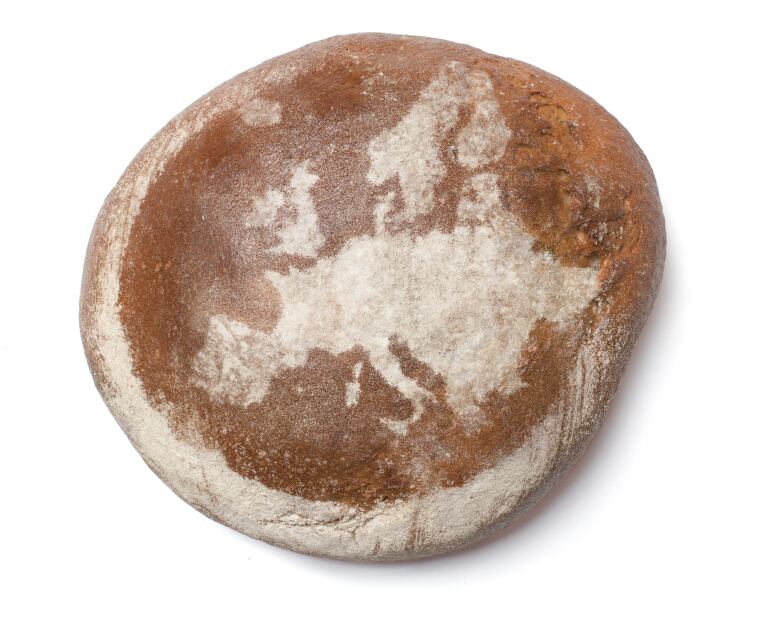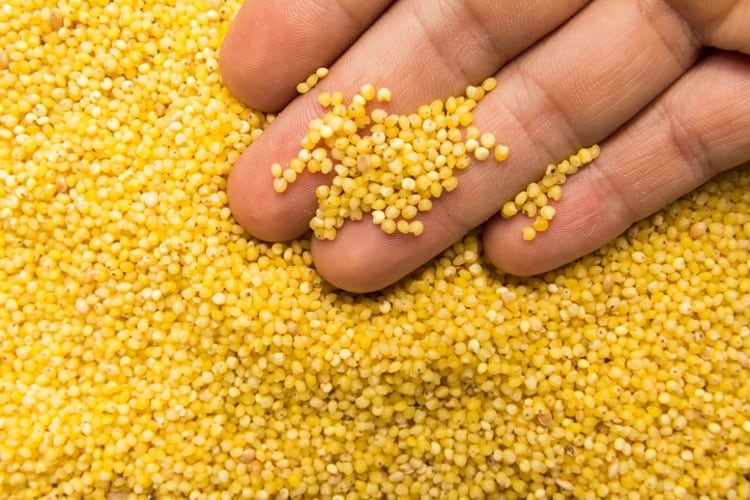The health benefit of fibre consumption is well documented. Dietary fibre has a positive impact on gastrointestinal health and reduces the risk of non-communicable diseases such as cardiovascular diseases, type 2 diabetes, and colorectal cancer. It is also associated with reduced risk of weight gain.
Across Europe, recommended fibre intake ranges from 25 to 38 grams per day. However, an EU survey of national dietary habits revealed that few of us are reaching these targets.
“Many EU citizens do not meet recommended intakes of dietary fibre,” the EU Science Hub concluded.
Propelling category growth
Consumers largely have positive associations around fibre – and they want to eat more of it. “The fibre message is an important one for consumers, who as a whole are eating way below the recommended amount,” National Association of British and Irish Flour Millers (NABIM) director general Alex Waugh told FoodNavigator.
Waugh believes that high fibre messaging plays well to this. He believes that the entire bakery category could benefit from the fibre health halo. “While high fibre products may provide a way to differentiate, bread in general is an important source of fibre,” he suggested.
“As there is more positive comment about the benefits of fibre from health and wellbeing specialists… there is scope to draw greater attention to the existing fibre credentials of a range of popular breads, not just wholemeal. There are white loaves with a fibre content of around 5% and some seeded loaves are closer to 10% fibre. There’s definitely potential for this to propel category growth.”
Healthy appeal
While existing bread varieties may be able to grow sales by touting their fibre content, the bakery sector is also poised to capitalise through innovation to drive the market, Dr Janice Rueda, director of research and business development, edible bean specialties at ADM Nutrition, suggested.
“For the past five years, high fibre breads have held steady at about 9-10% of all new bread products launched and show a 2% CAGR over that time period [according to internal ADM data]. There are definitely opportunities to grow this market,” she told FoodNavigator.
European bakery group Délifrance believes that the positive associations of fibre consumption can overcome some of the diet trends that have seen consumers put down their toast as they look to limit carb consumption.
“Health is almost as big a driver for product choice as indulgence,” Stephanie Brillouet, Délifrance marketing director observed.
“Recent years have seen consumer interest in wellbeing in food transcend carb and calorie counting, to focus more on products with protein, fibre and guttural health claims. This growing interest, and knowledge, is fuelling our NPD at Délifrance, as demand grows for more fibrous alternative flours, grains, and inclusions such as a flax, quinoa and spelt,” she told FoodNavigator.
This trend prompted Délifrance to develop a range of high-fibre breads, made with wheat bran and a blend of six seeds.
And Délifrance does not plan to take its foot off the innovation pedal as its product developers work to stay ahead of consumer expectations. “While interest in more fibre diverse options seems to be on the rise, so is demand and expectation of different flavours and ethnic influences such as Mediterranean and Middle-Eastern. This is a trend which inadvertently lends itself to fibrous dishes and ingredients, like lentil and vegetable heavy soups, paired with a whole wheat sourdough, or our carrot, flax and pumpkin seed lozenge,” Brillouet noted.
'Great opportunities for innovation'
Some bakers hope to leverage recipes that are high in fibre as a point of difference, giving a category that is largely commoditised access to higher margin premium sales.
“The high fibre platform offers great opportunities for innovation with exciting ingredients that are just beginning to be used in bakery applications,” Dr Rueda said. Pointing to ADM’s VegeFull bean and pulse ingredients, she suggested that high fibre recipes “add new dimensions of taste and texture to breads and bakery products” while also enhancing nutritional quality.
Dr Rueda noted that ingredient innovation has been vital to improving product quality and making products that are high in fibre more appealing to the mass market. “Historically, one of the biggest hurdles to mass appeal of high fibre breads has been taste and texture,” she said, noting that new ingredients have been developed to tackle this issue.
Other strategies to broaden the appeal of high fibre baked goods and drive category growth include combining high-fibre and other messaging, Dr Rueda suggested. In particular, she said this could play into the trend to limit what are seen as high carb foods.
This can be achieved by utilising alternative protein ingredients such as beans, nuts and seeds. “Combining the high fibre tag with a plant-based protein message could help to increase appeal of high fibre breads among consumers trying to adhere to specific eating patterns, especially those looking to increase consumption of plant-based protein.”
Délifrance’s Brillouet also expects the high fibre bakery market to benefit from the use of increasingly diverse ingredients that appeal to more adventurous consumers.
“As awareness of the benefits of a fibrous diet continues to develop, alongside consumers’ willingness to explore and experiment with ingredients, inclusions, and toppings, we’re expecting the on-trend bread market to diversify, moving away from the current favourite sourdough, toward more complex, non-traditional loaves and ingredients.
“If this trend continues, a fibre-heavy, rustic loaf, for example, would sit well as a premium offer, or upsell opportunity next to more traditional breads as carriers, or accompaniments.”


